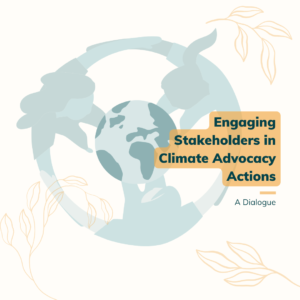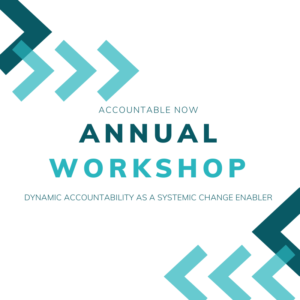In the past couple of years, Civil Society Organisations’ (CSOs) integrity has been questioned due to the surfacing of cases of misconduct within our sector. Issues of sexual exploitation, harassment, and bullying have come up despite having policies and procedures in place precisely to prevent these cases but that ultimately seek the safety and wellbeing of the people that we work for and with.
To tackle what has been labelled as the safeguarding crisis, CSOs have responded by enhancing their safeguarding practises to prevent cases but also to guide action if a case does pop up, so that organisations are accountable. Despite the efforts that organisations have undertaken in the past years, they are still facing some challenges, and embedding Safeguarding in Programming is an essential element of Safeguarding.
What is Embedding Safeguarding in Programming?
Embedding Safeguarding in Programming is about ensuring that people who come in contact with CSOs’ programmes are safe and in line with the Do No Harm principle. This means that any person who comes into contact with a Civil Society Organisation as a result of, or are impacted by, its activities must be safeguarded to the maximum possible extent from actions and failings that put them at risk of neglect, physical or sexual abuse and exploitation, injury and any other harm. Strengthening and building protective environments in which programmes take place is key. In order to ensure programs are safe, staff capacity should be built, risk assessments conducted, mitigation measures developed, while ensuring community participation.
What was covered in the webinar?
Our panellists brought different perspectives to ‘Embedding Safeguarding in Programming’ from their organisations, addressing the following questions:
1. How can CSOs strengthen and build protective environments more effectively?
2. How can CSOs create a common understanding within the communities where programmes take place about the Safeguarding processes?
3. How can the processes guaranteeing adequate support for victims and survivors be strengthened?





Accountable Now is a global membership platform. We support our members – and civil society at large – to be more transparent, responsive, impact-focused, and locally led. Interested in becoming a member?
Accountable Now is a member of Accountability Lab’s global translocal network.